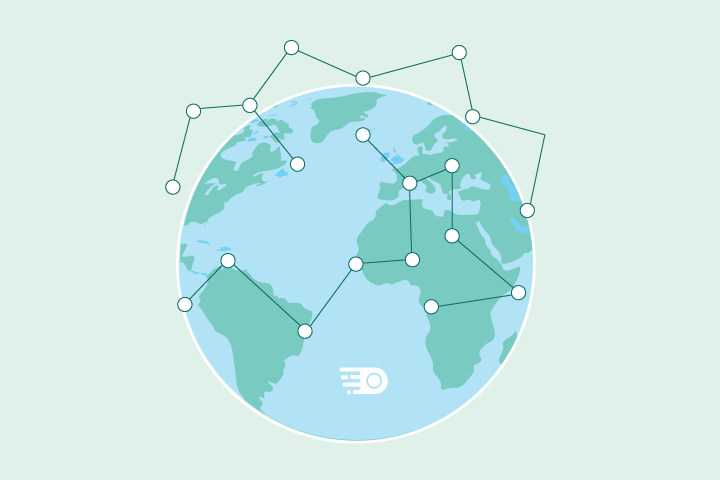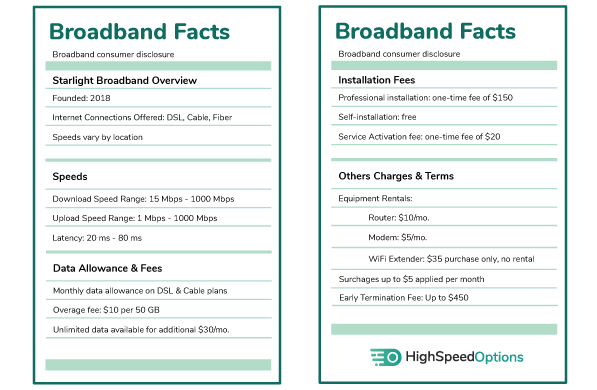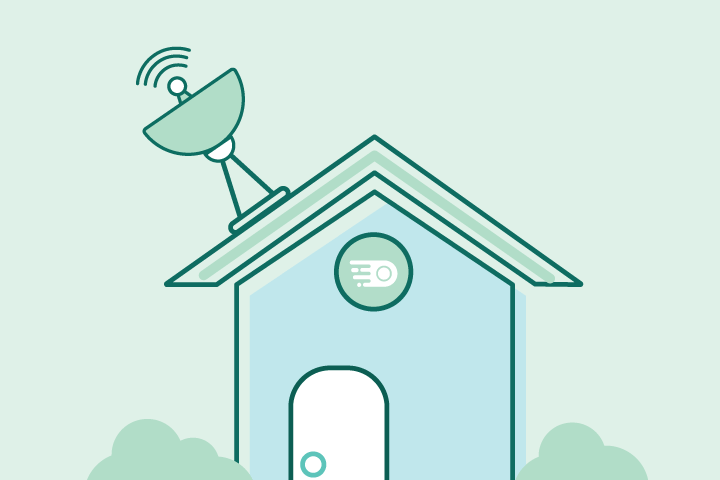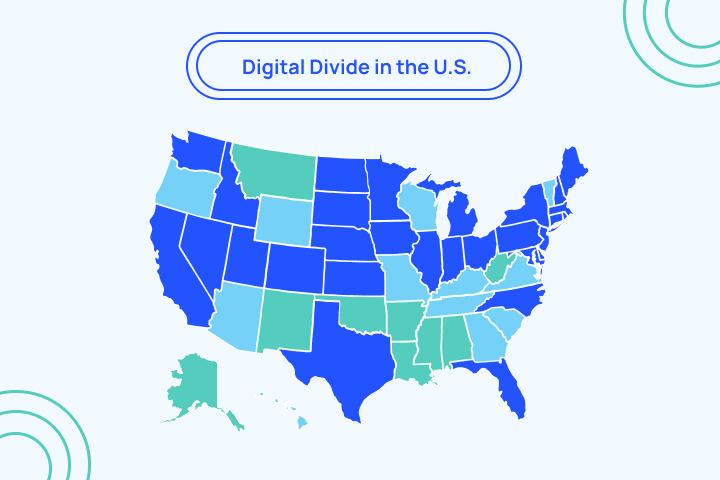Guide to Net Neutrality: History & Current Status

HighSpeedOptions prides itself on providing honest, quality content. While we may be compensated when you make a purchase through links on our site, all opinions are our own. Here's how we make money.
Table of Contents
Since the dawn of the internet, one of its most steadfastly held values among users is freedom. The freedom of access to information and the freedom to share information. Unfortunately, that freedom has been challenged and threatened around the world. So-called net neutrality seeks to neutralize control and maintain an “open internet” for all.
The struggles for power, access, and control of the internet are as old as the internet itself. Governments have tried to assume control over internet access within their jurisdictions, and in some cases, have succeeded in controlling access. (Looking at you, North Korea, China, and Iran.)
Where commerce and capitalization reign supreme, internet service providers have made attempts to throttle internet access as a means to inhibit competition and profit from speed levels. The concepts of throttling and “speed lanes” are the impetus for the battle over net neutrality in the United States.

Explore Internet Providers Near You
We partner with top providers to bring you the best internet deals in your area. Enter your zip code to find and compare available providers today.
This is but a snapshot from a pile of history about net neutrality. There is a lot to unpack here to fully understand what it is and what you need to know as an internet user.
Here is our brief guide to net neutrality and what it means for you, the consumer. It’s not exhaustive, but intended to provide a decent understanding of it and why it exists.
Brief History of the Internet
One could argue that the internet started with telegraphs. After all, a telegraph is a form of moving information between two points, usually over some measure of distance. Then came telephones, where voice conversations are carried over long distances in similar fashion to telegraphs.
But the earliest appearance of the internet as we know it – a network of interconnected computers – took place at MIT in 1965. MIT researchers Lawrence G. Roberts and Thomas Merrill connected two computers using a dial-up telephone line, one in Massachusetts and the other in California. What we take for granted every day was a years-long effort from Roberts and Merrill, and many others, to connect two computers and transfer tiny bits of information between them.
Decades of discovery, research, innovation, and advancement of technologies have brought the internet to where it is today. A global network of server farms, personal computers, and legion internet devices. Imagine the amazement the pioneers of the internet in 1965 would have at a network of wirelessly-connected devices. Or conducting video meetings with people from around the world.
For a more in-depth look, visit the Internet Society for more on the history of the internet and the advancements made along the way.
Access to this global network is made possible first by copper telephone wires, followed by coaxial cable, satellite, fiber, and fixed wireless internet access. It is what stands between your internet-connected device and the world wide web where net neutrality materialized – internet service providers.
What is Net Neutrality?
“Network Neutrality” was first coined by Tim Wu, a Columbia University law professor, in 2003 in a paper he wrote about some providers’ online discrimination practices. You can read Wu’s paper, but his reason for writing it was to raise concern about discriminatory practices among ISPs, how these behaviors would affect innovation in internet services and internet-related technology, and ultimately to call for anti-discrimination regulations.
The concept of net neutrality took hold in the 2000’s as internet access was transitioning from thousands of dial-up providers to relatively few cable and DSL providers. With the promise of increased bandwidth and faster speeds came the drastic reduction in ISP choice for consumers. Instead of having their choice of dial-up providers, consumers were faced with having only one or two internet providers in their area. This lack of competition continues today where in some areas one provider might have near monopolistic control.
Broadband providers had the incentive to limit competitors to boost business for themselves. The debate over net neutrality ultimately ignited in 2007, when the Federal Communications Commission (FCC) ordered Comcast to stop throttling bandwidth for customers using torrenting sites, based on the agency’s 2005 anti-discrimination policy.
These discriminatory and anti-competition practices some ISPs have employed are at the core of the net neutrality debate. This debate can be boiled down to three components, that claim ISPs should not:
- have the ability to block websites, services, or content
- be allowed to throttle any online service
- offer paid prioritization to some websites and services, yet not others
There is always friction whenever the government does or does not get involved in matters of business and consumers. Net neutrality was no exception here.
Net Neutrality Polarization
Between 2007 and 2017, the FCC made several attempts at net neutrality policy. Some were dead on arrival, some were accepted and enacted, and then all of it was repealed. The details of how various presidential administrations have approached net neutrality are bountiful and easily found. For our purposes here, it’s enough to say that views on net neutrality were and continue to be divided.
Proponents of net neutrality claim that it fosters an “open internet,” provides access to all no matter their economic standing, and an atmosphere of innovation and competition in the ISP marketplace. Net neutrality seeks to bridge the digital divide, by ensuring a path to making broadband internet available to underserved areas. Net neutrality proponents want to maintain a level playing field for all users and prevent unfair advantages to large, wealthy enterprises that can afford to pay ISPs more for prioritized access to their products or services.
Opponents of net neutrality argue that ISPs should be able to manage their networks as they see fit. They do bear the burden of maintaining, improving, and expanding their networks as demand for bandwidth continues to rise, so they should be able to operate in ways that suit their business and profits. Opponents also argue that imposing net neutrality regulations would increase their operating costs and undermine their profit margins.
Net Neutrality & Consumer Choice
Currently, there are no federal net neutrality regulations in place. Any policies and regulations that were in place were repealed in 2017. And since the open internet policies of 2015 were not in full effect, there has been little to no discernable change since the repeal.
It is important to note that one of the concerns during the transition from dial-up access to broadband remains today.
Lack of choice.
There are few places in the United States where consumers have more than two choices for broadband internet. Even in densely populated areas, the choice is limited.
Is the lack of consumer choice due to discriminatory and anti-competition practices by larger internet providers? Possibly, but that’s hard to prove.
What we’re likely to see and already are seeing is existing operators investing billions of dollars into their networks. As demand for bandwidth increases, providers are upgrading and expanding their networks with fiber optic to support greater digital needs.
This doesn’t mean that consumers will have more choices for internet access. It means that existing providers will offer faster speeds (with higher monthly charges) in more areas as they continue to expand and deploy fiber networks.
Net Neutrality Today
The current administration has instructed the FCC to incorporate so-called “nutrition labels.” These labels are a remnant of the 2015 open internet policy and are intended to provide more transparency for consumers when shopping for the best internet service.
In January 2022, the FCC voted unanimously to adopt these labels that would require ISPs to clearly present any internet fees, costs, terms of service, and specs on a label that closely resembles the Food and Drug Administration’s (FDA) food nutrition labels. Check out our guide on broadband “nutrition labels” for more details.

And what about ISPs and how they operate their networks…who’s keeping them in check? The quick answer to that is no one. There was plenty of speculation that anti-competitive and discriminatory practices would skyrocket when the FCC repealed net neutrality in 2017. There isn’t much evidence to support those claims, but there have been several possible net neutrality violations since the 2017 repeal.
After net neutrality was repealed at the federal level, several states (namely California) quickly established their own regulations. Some telecommunications companies challenged these state laws, but so far they have been upheld by federal courts.
What’s Next for Net Neutrality?
At the federal level, besides the nutrition labels, there’s not much going on. Barring any significant infractions from providers, the federal government will likely be hands off the net neutrality debate for the foreseeable future.
The net neutrality debate is not over; there are still many proponents for an open and free internet. And fortunately for consumers, many are keeping an eye on ISP practices and monitoring for any oversteps.
California has paved the way for other states to implement their own net neutrality policies in the absence of federal oversight. This is really where there will be any movement on the net neutrality debate – at the state level.
For yourself, we encourage you to monitor your own service provider. This informative guide describes how to check if your ISP is throttling your internet service and what you can do about it.
Find providers in your area

Table of Contents




